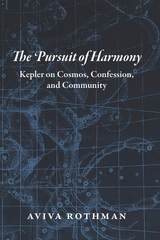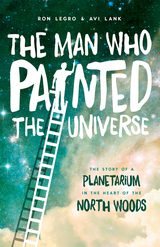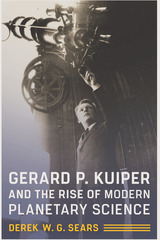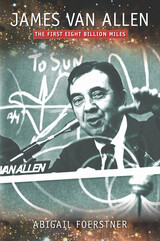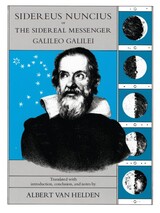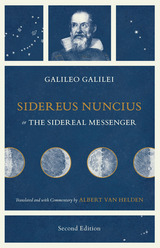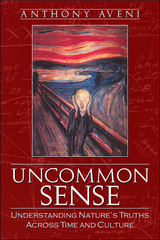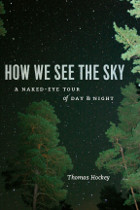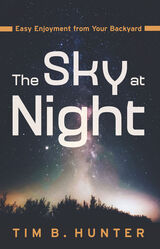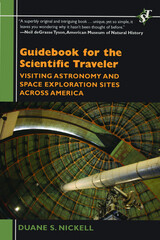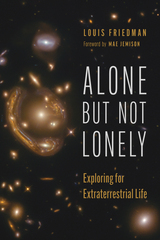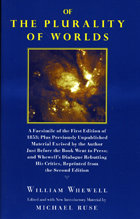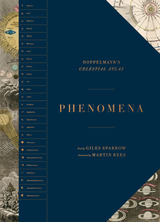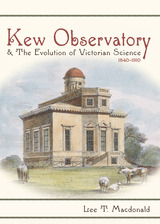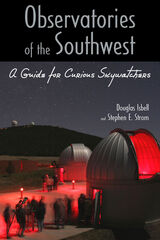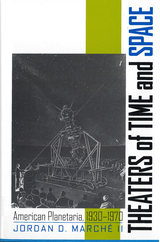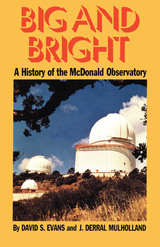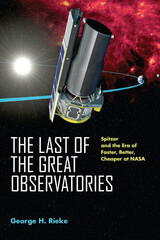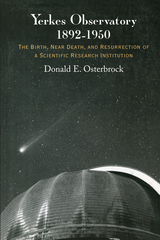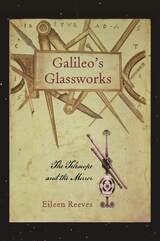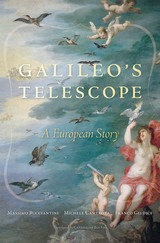From White Dwarfs to Black Holes: The Legacy of S. Chandrasekhar
University of Chicago Press, 1999
Paper: 978-0-226-76997-4 | Cloth: 978-0-226-76996-7
Library of Congress Classification QB51.F734 1999
Dewey Decimal Classification 523.01092
Paper: 978-0-226-76997-4 | Cloth: 978-0-226-76996-7
Library of Congress Classification QB51.F734 1999
Dewey Decimal Classification 523.01092
ABOUT THIS BOOK | AUTHOR BIOGRAPHY | TOC
ABOUT THIS BOOK
From White Dwarfs to Black Holes chronicles the extraordinarily productive scientific career of Subrahmanyan Chandrasekhar, one of the twentieth century's most distinguished astrophysicists. Among Chandrasekhar's many discoveries were the critical mass that makes a star too massive to become a white dwarf and the mathematical theory of black holes. In 1983 he shared the Nobel Prize for Physics for these and other achievements.
Over the course of more than six decades of active research Chandrasekhar investigated a dizzying array of subjects. G. Srinivasan notes in the preface to this book that "the range of Chandra's contributions is so vast that no one person in the physics or astronomy community can undertake the task of commenting on his achievements." Thus, in this collection, ten eminent scientists evaluate Chandrasekhar's contributions to their own fields of specialization. Donald E. Osterbrock closes the volume with a historical discussion of Chandrasekhar's interactions with graduate students during his more than quarter century at Yerkes Observatory.
Contributors are James Binney, John L. Friedman, Norman R. Lebovitz, Donald E. Osterbrock, E. N. Parker, Roger Penrose, A. R. P. Rau, George B. Rybicki, E. E. Salpeter, Bernard F. Schutz, and G. Srinivasan.
Over the course of more than six decades of active research Chandrasekhar investigated a dizzying array of subjects. G. Srinivasan notes in the preface to this book that "the range of Chandra's contributions is so vast that no one person in the physics or astronomy community can undertake the task of commenting on his achievements." Thus, in this collection, ten eminent scientists evaluate Chandrasekhar's contributions to their own fields of specialization. Donald E. Osterbrock closes the volume with a historical discussion of Chandrasekhar's interactions with graduate students during his more than quarter century at Yerkes Observatory.
Contributors are James Binney, John L. Friedman, Norman R. Lebovitz, Donald E. Osterbrock, E. N. Parker, Roger Penrose, A. R. P. Rau, George B. Rybicki, E. E. Salpeter, Bernard F. Schutz, and G. Srinivasan.
See other books on: 1910-1995 | Astronomy | Astrophysics | Chandrasekhar, S. | Legacy
See other titles from University of Chicago Press

